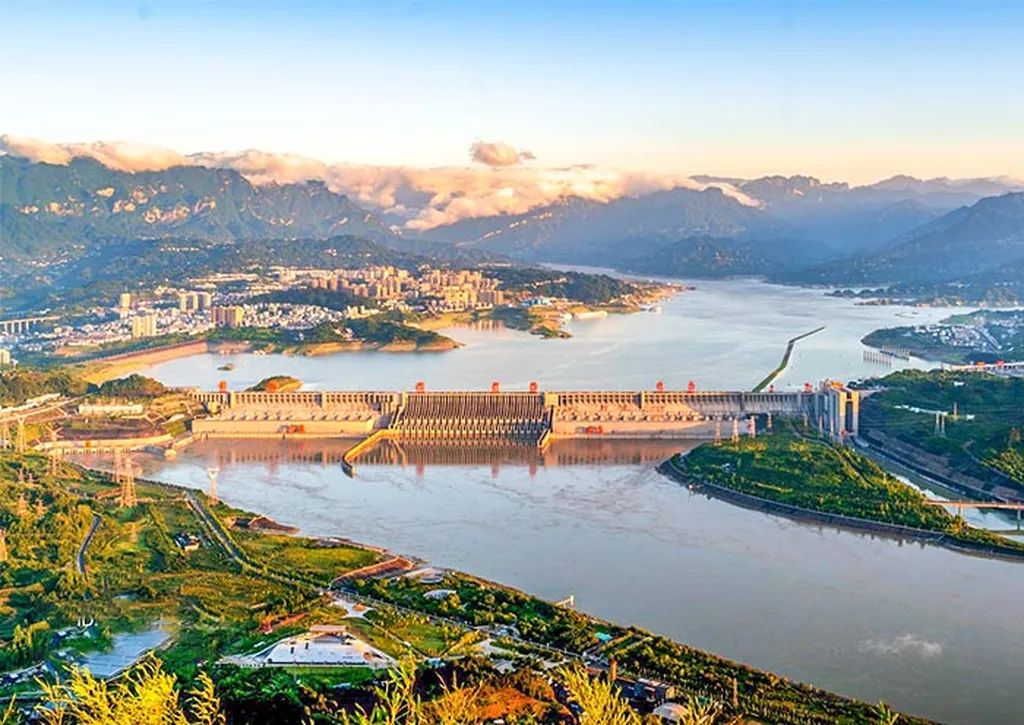In the heart of China’s Yangtze River, the Three Gorges Reservoir Area (TGRA) stands as a testament to the intricate dance between nature and human civilization. A recent study led by Jia Jiang from the School of Architecture and Urban Planning at Chongqing University has shed new light on the cultural landscapes and spatial distribution characteristics of traditional villages in this ecologically sensitive region. Published in the journal *Buildings* (translated from Chinese), the research offers valuable insights that could shape the future of cultural preservation and sustainable development in mountainous areas.
The study focuses on 112 traditional villages in the TGRA that have been included in protection lists. These villages are not just historical relics; they are living repositories of natural changes and civilizational development. However, they face significant challenges from modernization and ecological pressure. Jiang and his team aimed to construct a cultural landscape identification framework to better understand and preserve these unique settlements.
Through field surveys, landscape feature assessments, GIS spatial analysis, and multi-source data analysis, the researchers systematically analyzed the cultural landscape type systems and spatial differentiation characteristics of these villages. Their findings reveal a clear pattern of altitude gradient differentiation. “The low-altitude area is dominated by traffic and trade villages, the middle-altitude area is dominated by patriarchal manor villages and mountain farming villages, and the high-altitude area is dominated by ethno-cultural and ecologically dependent villages,” Jiang explained. This spatial distribution is driven by topographic conditions, which influence agricultural optimisation, trade networks, cultural defence, and ecological adaptation.
The study also highlights the role of slope and direction in shaping the development of these settlements. Gently sloping areas are conducive to commercial and agricultural activities, while steeply sloping areas tend to strengthen ethnic and cultural defence functions. These insights provide a paradigm for analyzing the interaction between nature and humanities in traditional villages, offering practical value for coordinating ecological barrier construction and village revitalization.
For the energy sector, this research underscores the importance of considering cultural and ecological factors in large-scale infrastructure projects. As the TGRA is a significant hub for hydropower and other energy developments, understanding the cultural landscapes and spatial distribution of traditional villages can help in planning projects that are both economically viable and culturally sensitive. By preserving the unique characteristics of these villages, the energy sector can contribute to sustainable development and community revitalization.
Jiang’s research provides a roadmap for future developments in cultural landscape identification and preservation. It emphasizes the need for a holistic approach that considers both natural and cultural factors. As the world grapples with the challenges of modernization and ecological pressure, this study offers a valuable paradigm for balancing development and preservation in mountainous areas.
In conclusion, the research led by Jia Jiang from Chongqing University offers a compelling narrative of the interplay between nature and human civilization in the Three Gorges Reservoir Area. By understanding the cultural landscapes and spatial distribution characteristics of traditional villages, we can better preserve these unique settlements and promote sustainable development. The insights from this study are not only relevant to cultural preservation but also have significant implications for the energy sector and other industries operating in ecologically sensitive regions.

